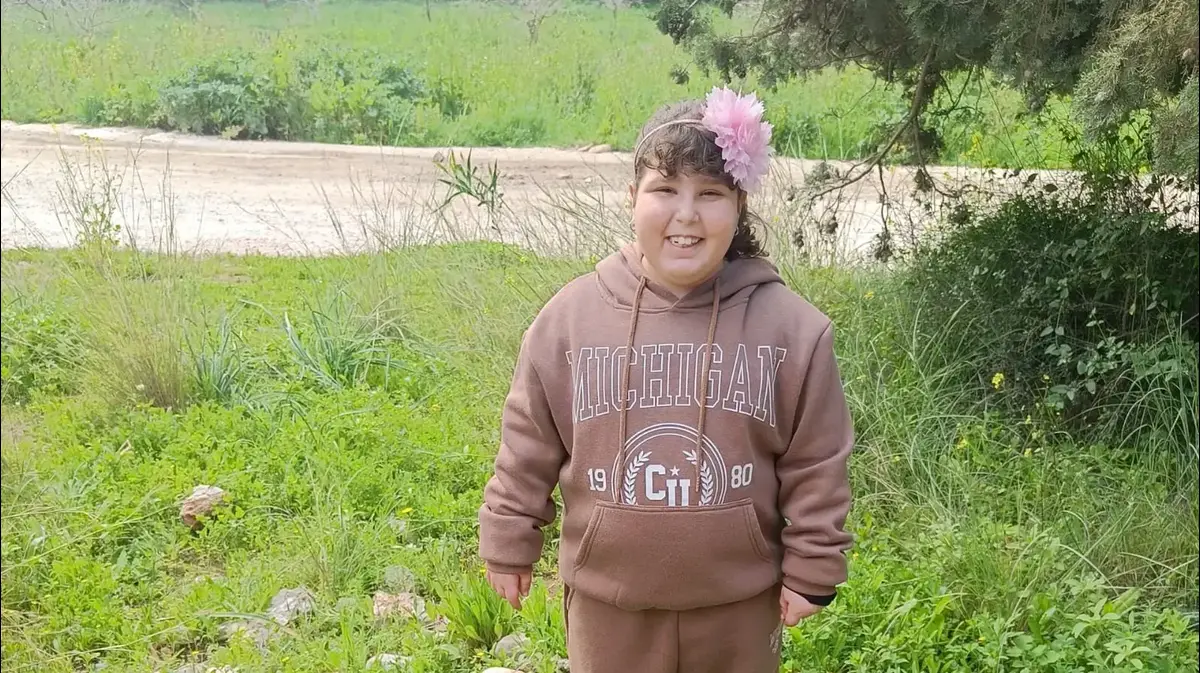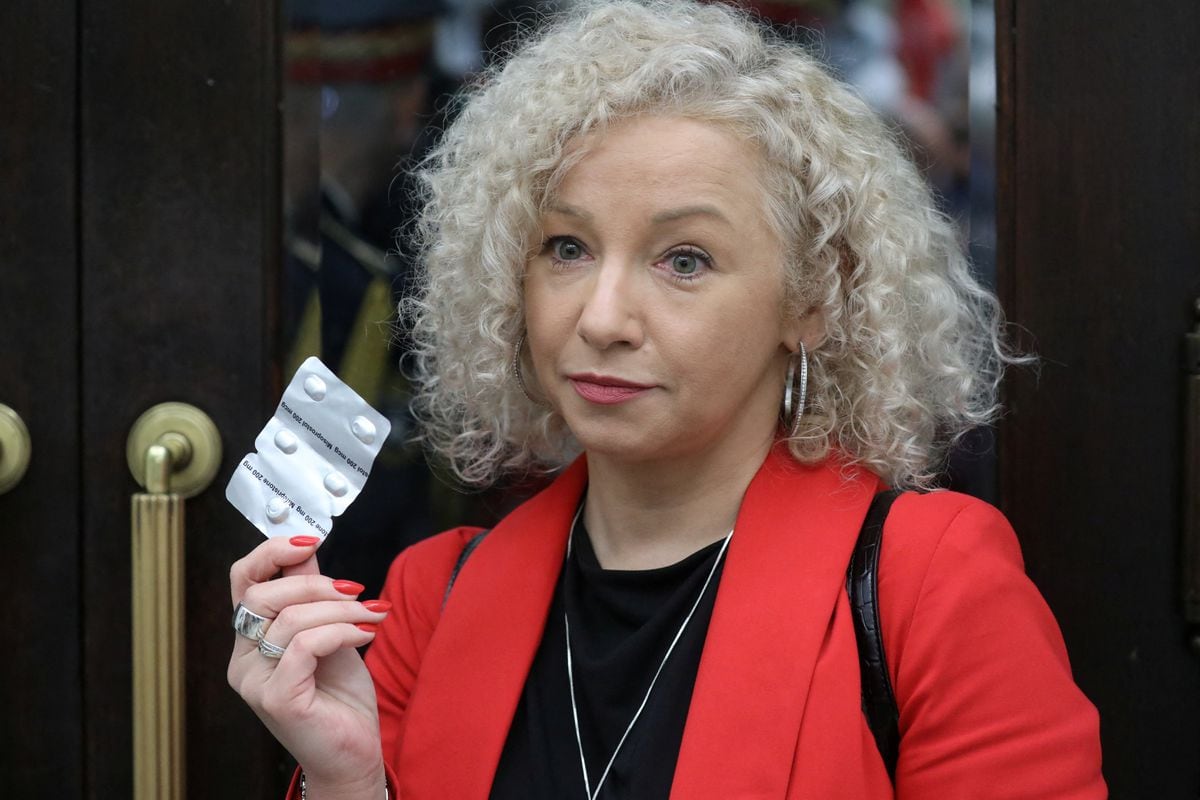Strict regiment in the former youth sanatorium Hochried - beatings with the whip - "We all got the pills"
Created: 2022-08-02 14:28
By: Roland Lory
The Hochried Clinic today: From 1954, the property west of Murnau was a youth sanatorium where children and young people spent a few weeks.
© Dominik Bartl
For a few years now, the children who experienced terrible things decades ago in so-called deportation centers have received increased attention.
Even in Murnau-Hochried there was nothing to laugh about back then.
At least that's what two of those affected say.
The Catholic youth welfare relies on a scientific review.
Murnau
- She was "extremely happy to come to the mountains".
Renate Götze, who grew up in Hanover, was in third grade when she came to what was then the youth sanatorium in Hochried near Murnau for six weeks at the end of 1967.
Into, as she says, “a completely different world.
It was like in the military.
I've never been treated so harshly."
Right from the start, the children's personal belongings were taken away.
Including her camera.
"That was very sobering."
The eight-year-old girl was small and light.
"I was there to gain weight." With the food it was a "mega theatre".
"You had to eat everything." One dish she remembers is "liver dumplings in a weird broth".
Once she was "properly put over my knee because I kicked shoes to the side".
Today, Götze can no longer say who hit her.
Another problem: "You couldn't confide in anyone." Everything was regulated.
"There was no privacy, even the toilet aisles were metered."
The Catholic youth welfare (KJF) of the diocese of Augsburg acquired the building in Hochried, where Murnau's honorary citizen and patron James Loeb once lived, in 1954.
The following year, 125 places were occupied by children and young people in the villa and the two gatehouses.
In 1960, a maximum of 242 young people could spend time in the youth sanatorium.
A doctor ensured medical care.
Götze describes the person who worked there at the time as a "rough guy".
The sisters were afraid of him.
Götze could not speak to her mother and father.
The lawyer (63) is certain: "My parents would have taken me out, I'm absolutely convinced of that."
Unpleasant experiences
The Garmisch-Partenkirchner/Murnauer Tagblatt had already reported on deportation children last year, specifically on the experiences of Renée Morloc, who was in Hochried in 1968 at the age of ten.
Her memories have meanwhile appeared in a book (Anja Röhl: Heimweh. Tell children who were deported, Psychosozial Verlag).
"We from our group had no contact with other children or with other groups from the home," she says.
"When we went for a walk or ran around somewhere, we were dumb as fish." There was a "complete ban on speaking".
By his own admission, Morloc didn't get enough to drink and was constantly thirsty.
The children were repeatedly promised that they would be allowed to swim in the Staffelsee.
Morloc once said, "Then I'll drink up the whole lake." Consequence: She was locked in the closet.
One day she started drinking from rain puddles.
According to her, the children were also given medication.
"We all got pills."
Morloc can also remember being beaten with a whip, which she once received from the educational director at the time.
The woman, now over 90 years old, does not want to comment on the allegation.
"They also stood on the square with whips, no one believes that, but they really had such cracking whips," writes Morloc in the book mentioned.
Alleged misdeeds by children and young people were sanctioned.
“The principle was: punishment, punishment, punishment.
They wanted to break our will," says Morloc, who is now an opera singer.
In 1980 she visited Hochried with her father.
They also met the former director of the home.
After a dispute, she "hit us with her stick and marched away."
The director of the home died in 2009.
also read
After the train accident near Garmisch: How long will the train chaos remain?
Heavy criticism from experts
Control action in the Murnau pedestrian zone: 17 violations in one hour
No information on personnel matters
It remains unclear whether there is still material about her and the educational director in the KJF archive.
"We do not provide any information on personnel matters," says Markus Mayer, CEO of KJF Augsburg.
Former children who were deported are not given access to documents from that time.
When asked about the reason, Mayer answers somewhat evasively: “We would like to support future scientific work on the topic.
It makes sense for this process to be carried out in a coordinated manner across all supporting associations and with the participation of the relevant ministries and authorities.” The KJF sees this as “the greatest benefit for everyone involved”.
Mayer can say little about any drug abuse.
"Today we can no longer understand patient treatments that were several decades ago",
says the CEO.
So it remains unclear which pills were given to children at the time, how often and in what dosage.
Author Röhl criticizes the fact that children who have been deported cannot see any documents.
From her point of view, it would be like everyone being allowed to do research on racism, "just not the blacks".
Röhl: "That's not possible." She demands that affected citizen researchers must be granted access to archive material.
For years, Röhl has been dealing with the experiences of so-called deportation children, who in the 1950s and 1960s were housed in homes for several weeks at a spa and were sometimes severely abused by educators.
She herself had had to go through humiliating experiences in such an institution.
Just like Renate Goetze.
She was informed by the KJF that there were no more medical documents from 1967.
The retention period for this "is ten years and a maximum of 30 years if radiological studies have been carried out," she was told.
The documents were kept within the prescribed period and then, as far as research could be conducted, destroyed.
German pension insurance lets research
Meanwhile something is happening in terms of processing.
The German Pension Insurance (DRV) has advertised a research contract.
"The aim here is to independently examine the history of so-called 'children's recovery cures' in the Federal Republic of Germany in the period from 1945 to 1989, with particular reference to the role of the German pension insurance and its predecessor institutions," says DRV press spokeswoman Silke Pottin.
"The award procedure for the research contract should be completed at the end of August." The research project is to be started immediately afterwards.
It remains to be seen whether anything enlightening about the Hochried youth sanatorium will emerge.
Renate Götze, who was shaped by her stay in Murnau, would definitely be interested.
She says: "The KJF would have to face a review."
Also interesting:
Cruel time in the home in Mittenwald














